Onam is the most important and grandest festival celebrated in the state of Kerala, India. A ten-day harvest festival, Onam is deeply rooted in Kerala’s culture and mythology, primarily celebrating the homecoming of the legendary King Mahabali, a benevolent Asura king who is believed to visit Kerala during this time. Onam is marked by elaborate feasts (Onam Sadhya), vibrant decorations (Pookkalam flower carpets), boat races (Vallamkali), cultural performances (Kathakali, Pulikali), and a general atmosphere of joy, prosperity, and communal harmony. Onam is not just a festival; it’s a cultural identity of Kerala, showcasing its rich traditions, artistic heritage, and the spirit of unity and festivity.
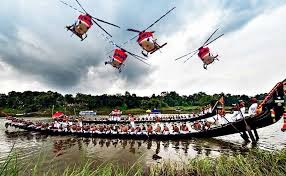
The Ten Days of Onam:
Onam celebrations extend for ten days, each day having its own name and significance, gradually building up to the grand finale:
- Atham (Day 1): Marks the beginning of Onam celebrations. Preparations begin, and Pookkalam (flower carpets) are started in homes, initially small and gradually increasing in size each day. The day is associated with the start of King Mahabali’s preparations to visit Kerala.
- Chithira (Day 2): Second layer of Pookkalam is added, and the preparations for the grand feast (Sadhya) intensify.
- Chodhi (Day 3): Third layer of Pookkalam is added, and family gatherings start becoming more prominent.
- Vishakham (Day 4): One of the most auspicious days. Preparations for Onam Sadhya reach their peak, and markets are bustling with activity.
- Anizham (Day 5): The famous Vallamkali boat race rehearsals often begin in some places on this day.
- Thriketa (Day 6): Sixth layer of Pookkalam is added, and cultural programs and festivities gain momentum.
- Moolam (Day 7): Many temples start serving Onam Sadhya. Smaller versions of Sadhya may begin in some homes. Cultural performances become more widespread.
- Pooradam (Day 8): Eighth layer of Pookkalam is added, and the Pookkalam competition in various places becomes prominent. Idols of Vamana and Mahabali are installed in the center of Pookkalam in some traditions.
- Uthradam (Day 9 – First Onam): Considered Uthradam Onam or First Onam. It is believed that King Mahabali reaches Kerala on this day. Grand preparations for Onam Sadhya are in full swing. This day marks the eve of Thiruvonam.
- Thiruvonam (Day 10 – Main Onam): The most important day of Onam, Thiruvonam Onam, or Main Onam. It is believed that King Mahabali visits homes on this day. Grand Onam Sadhya feasts are prepared and enjoyed. New clothes are worn, and families come together for celebrations. Vallamkali boat races, Pulikali tiger dances, and other major cultural events are held.
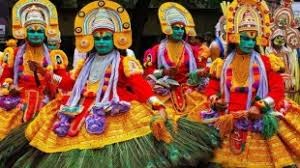
Rituals and Traditions of Onam:
Onam celebrations are characterized by a rich tapestry of rituals, customs, and cultural expressions that are unique to Kerala.
- Onam Sadhya (Grand Feast): The Onam Sadhya is the most iconic and indispensable part of Onam. It is a lavish vegetarian feast traditionally served on a banana leaf. Sadhya typically consists of 20-30 or more dishes, including rice, sambar, rasam, parippu curry, avial, thoran, olan, kalan, pachadi, kichadi, payasam (sweet pudding), banana chips, papadum, and various pickles and side dishes. The Sadhya is not just a meal; it’s a ritual and a culinary art form.
- Pookkalam (Flower Carpets): Creating Pookkalam or Athapookalam (flower carpets) is a beautiful and artistic tradition during Onam. Intricate floral carpets are created in front of homes using various types of flowers, arranged in colorful and elaborate designs. Pookkalam competitions are common.
- Vallamkali (Boat Races): Vallamkali or snake boat races are a thrilling and iconic spectacle of Onam, particularly in Alleppey (Alappuzha) and other backwater regions of Kerala. Long, paddled snake boats, rowed by teams of oarsmen, race through the backwaters amidst cheering crowds. Nehru Trophy Boat Race is the most famous Vallamkali event.
- Onakkodi (New Clothes): Wearing Onakkodi or new clothes is a tradition for Onam, especially on Thiruvonam. Traditionally, families gift new clothes to younger members. Kasavu sarees (white sarees with golden borders) are particularly associated with Onam.
- Cultural Performances: Onam celebrations are vibrant with cultural performances, including traditional Kerala art forms like Kathakali (classical dance-drama), Pulikali (tiger dances), Theyyam (ritualistic dance form), Thiruvathirakali (women’s group dance), and various folk dances and music. Onam Kali is a folk art form specifically associated with Onam.
- Onam Games and Sports: Traditional games and sports are played during Onam, including Onathallu (wrestling), Kayyankali (martial art form), Ambaneyyal (archery), and various folk games, contributing to the festive spirit and community engagement.
- Swing (Oonjal): Setting up swings (oonjal) decorated with flowers is a common tradition, especially in rural Kerala, providing a playful and festive element.
Mythological Significance: King Mahabali and Vamana
Onam’s central mythology revolves around the legend of King Mahabali and his encounter with Vamana, an avatar of Lord Vishnu.
- King Mahabali: The Benevolent Ruler: King Mahabali was a wise, just, and immensely popular Asura king who ruled Kerala. During his reign, Kerala was said to be a golden age of prosperity, equality, and happiness. People were content, and there was no poverty or sorrow.
- Jealousy of the Gods: Mahabali’s popularity and virtuous rule became a threat to the gods, who became jealous of his power. They appealed to Lord Vishnu to curtail Mahabali’s reign.
- Vamana Avatar and the Three Steps: Lord Vishnu incarnated as Vamana, a dwarf Brahmin. Vamana approached Mahabali during a grand sacrifice and asked for a gift of land that he could cover in three steps. Mahabali, known for his generosity, readily agreed.
- Cosmic Expansion: Vamana grew to immense size, covering the earth and heavens in two steps. For his third step, Mahabali, realizing Vamana’s divine nature, offered his own head.
- Blessing and Annual Visit: Impressed by Mahabali’s devotion and righteousness, Vishnu granted him a boon: he could annually visit his kingdom and his people for one day. This annual visit is celebrated as Onam. It is believed that Mahabali returns to Kerala during Onam to see his beloved subjects.
Regional Variations and Celebrations:
While Onam is primarily celebrated in Kerala, Malayali communities around the world also celebrate it with enthusiasm.
- Kerala: Onam celebrations are most elaborate and culturally significant in Kerala, encompassing all the traditions and festivities mentioned above. State-sponsored Onam celebrations are organized, showcasing Kerala’s culture and tourism.
- Malayali Diaspora: Malayali communities across India and in countries worldwide celebrate Onam, organizing cultural events, Sadhya feasts, and Pookkalam competitions, maintaining their cultural identity and traditions away from home.
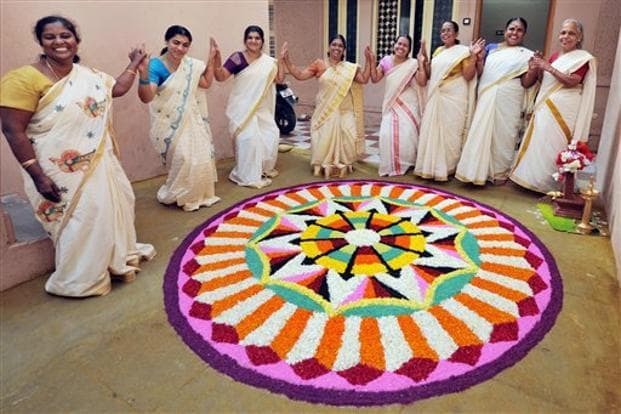
Significance and Contemporary Relevance:
Onam is a festival that embodies the spirit of Kerala and holds deep cultural and social significance.
- Harvest Festival and Prosperity: Onam is essentially a harvest festival, celebrating the bountiful harvest season in Kerala and expressing gratitude for nature’s abundance and agricultural prosperity.
- Cultural Identity of Kerala: Onam is deeply intertwined with Kerala’s cultural identity, showcasing its unique traditions, art forms, cuisine, and social values.
- Spirit of Equality and Harmony: The legend of King Mahabali, a just and benevolent ruler, and the egalitarian nature of Onam celebrations, promote the values of equality, justice, and social harmony.
- Community and Togetherness: Onam is a festival that brings communities together, fostering social bonding, family reunions, and collective celebrations.
- Tourism and Economic Importance: Onam is a major tourist season in Kerala, attracting visitors to experience the festival’s vibrant culture, boat races, and culinary delights, contributing significantly to the state’s economy.
Onam, Kerala’s grand harvest festival, continues to be a vibrant and culturally rich celebration, embodying the spirit of prosperity, unity, and the enduring legend of King Mahabali, reminding people of a golden age of justice and happiness.

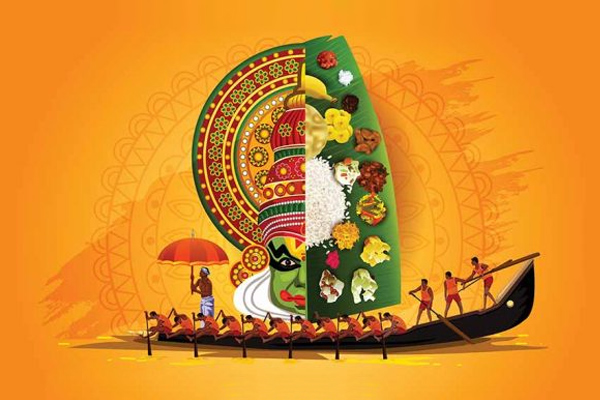
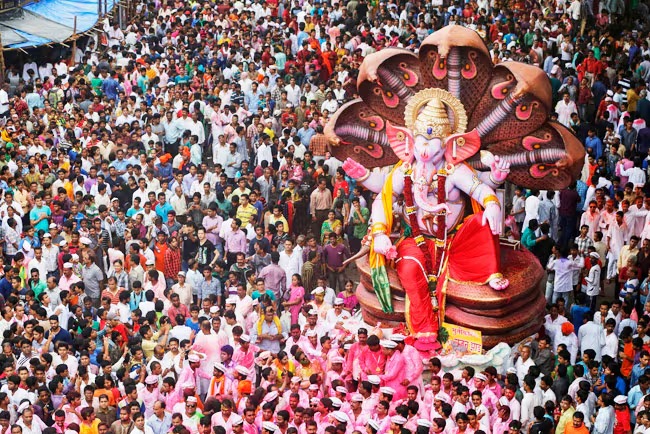
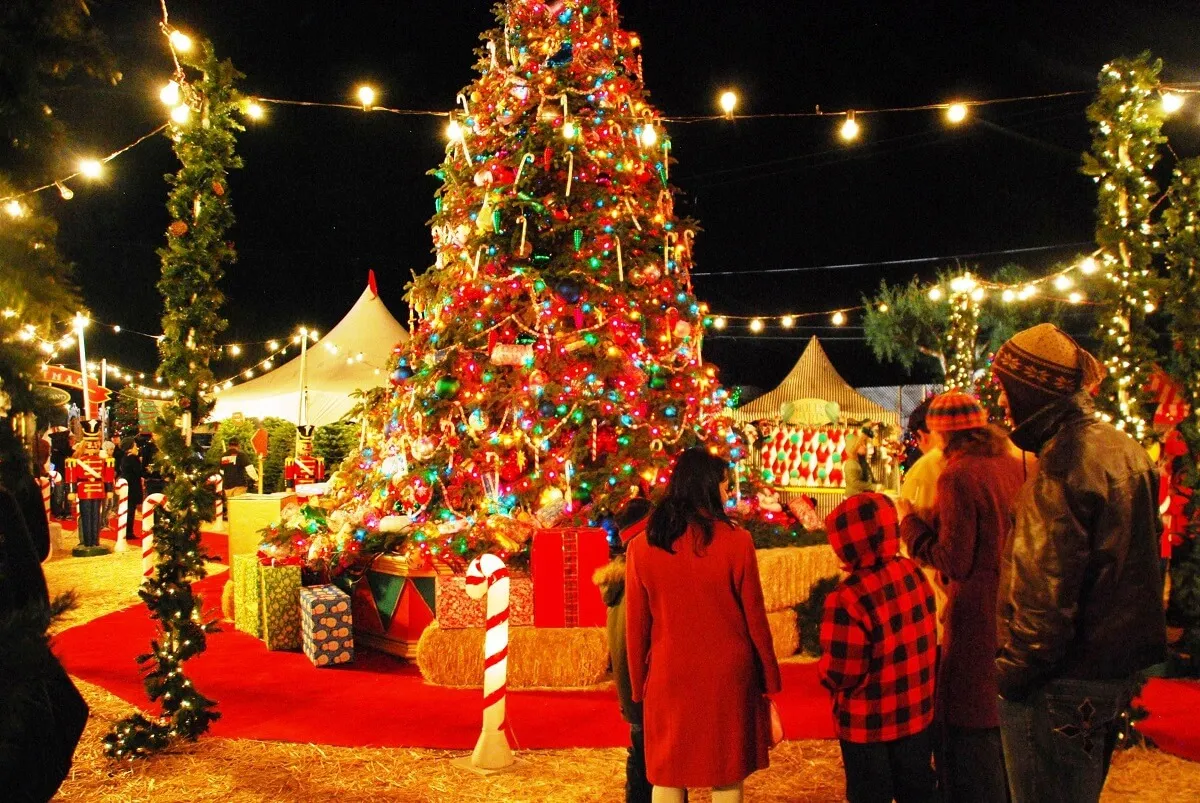
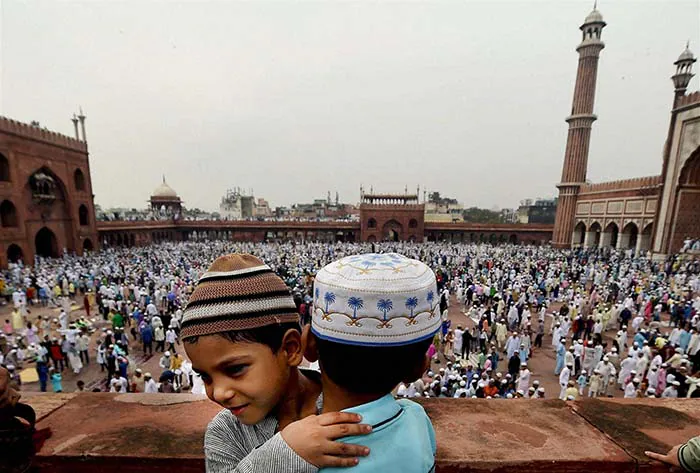
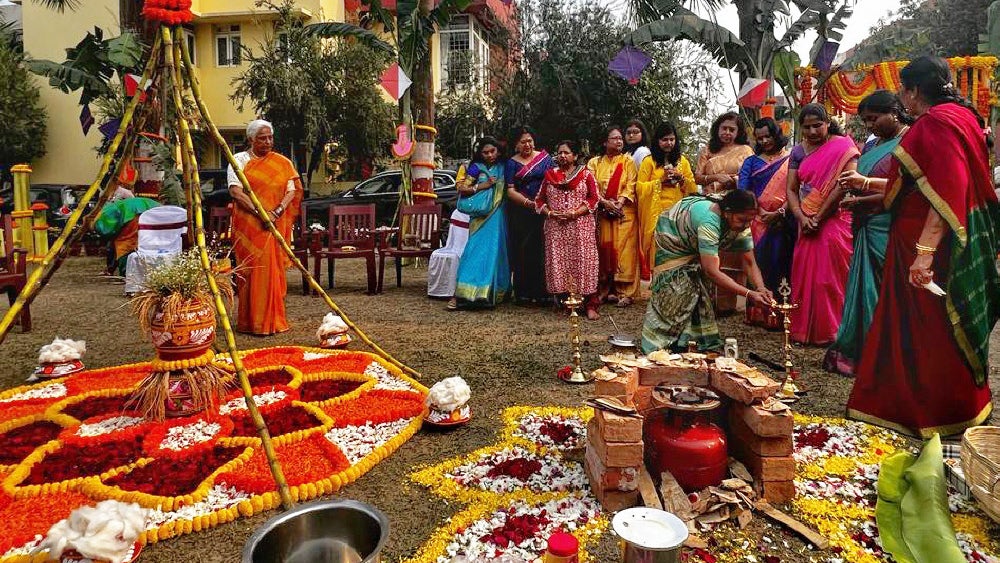
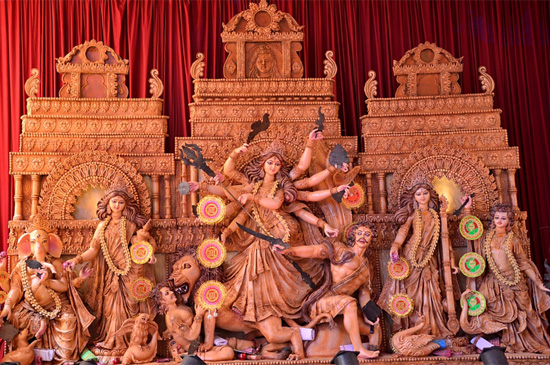

Leave feedback about this